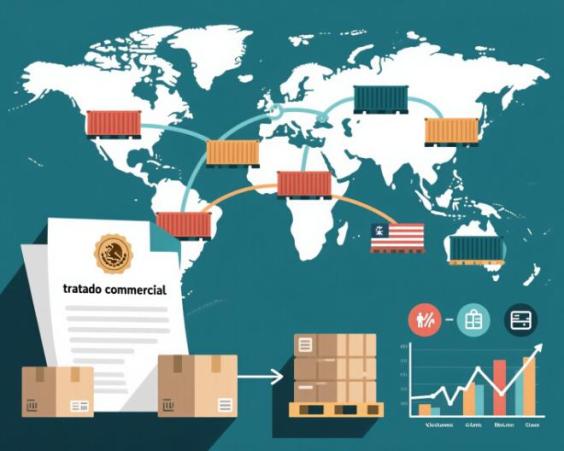Guide to Setting Up an Automated Sales Funnel
In the world of marketing and sales, automation is key to increasing efficiency and reducing costs. An automated sales funnel is a powerful tool that allows you to guide your prospects through the entire purchasing process, from awareness to conversion. In this article, we will present you with a step-by-step guide to setting up an automated sales funnel and maximizing your results.
What is a sales funnel?
A sales funnel is a marketing model that represents the purchasing process of a potential customer. It is called a "funnel" because it resembles a funnel, with a large number of prospects at the top and a smaller number of customers at the bottom. The objective of a sales funnel is to guide prospects through each stage of the purchasing process, from awareness to conversion.
Why do you need an automated sales funnel?
An automated sales funnel allows you to:
- Increase efficiency and reduce costs
- Personalize the customer experience
- Track and analyze prospect behavior
- Improve conversion and increase sales
Step 1: Define your goals and segment your audience
Before setting up your automated sales funnel, you must define your goals and segment your audience. This will help you understand who your ideal prospects are and what they are looking for. Some questions you should ask yourself are:
- Who are my ideal prospects?
- What problems or needs do they have?
- What are they looking for in a product or service?
- What are my sales and marketing goals?
Step 2: Create a traffic flow and a landing page
Once you have defined your goals and segmented your audience, you must create a traffic flow and a landing page. This will help you attract your prospects and guide them through the purchasing process. Some options for creating a traffic flow and a landing page are:
- Social media advertising
- Google Ads advertising
- Marketing content
- Email marketing
A landing page is a web page specifically designed to convert visitors into prospects. It should have a clear and concise message, a call to action, and a lead capture form.
Step 3: Set up a marketing automation system
A marketing automation system allows you to automate and personalize the customer experience. Some options for setting up a marketing automation system are:
- Mailchimp
- ConvertKit
- HubSpot
- Marketo
These systems allow you to create automated workflows, send personalized emails, and track prospect behavior.
Step 4: Create an automated workflow
An automated workflow is a series of steps that are executed automatically when a prospect takes a specific action. Some examples of automated workflows are:
- Sending a welcome email when a prospect subscribes to your email list
- Sending a follow-up email when a prospect has not taken the desired action
- Assigning a score to a prospect when they take a specific action
Step 5: Track and analyze prospect behavior
Finally, you must track and analyze prospect behavior to understand what is working and what is not. Some metrics you should track are:
- Email open rate
- Email click-through rate
- Conversion rate
- Lead score
By tracking and analyzing these metrics, you can adjust and improve your automated sales funnel to increase conversion and sales.
An automated sales funnel is a powerful tool that allows you to guide your prospects through the entire purchasing process, from awareness to conversion. By following the steps presented in this article, you can set up an automated sales funnel that will help you increase efficiency, reduce costs, and improve conversion and sales.





